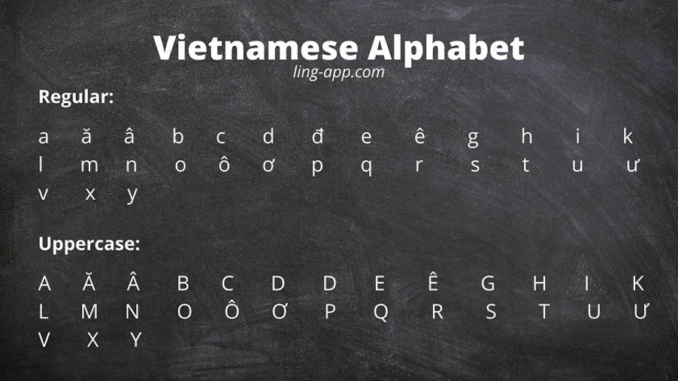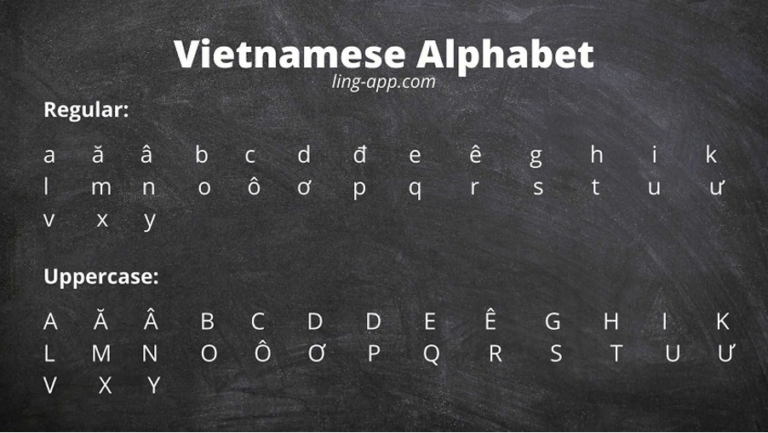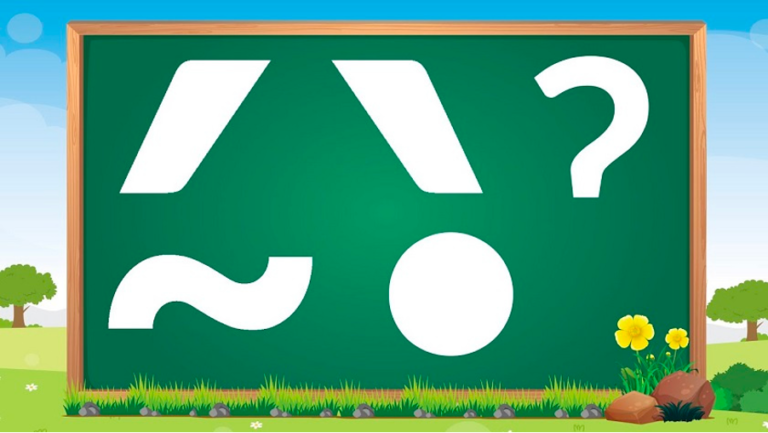
The Vietnamese language is believed to be one of the most sophisticated language systems in the world. This article provides an overview of the origin, linguistic features, and diversity of the Vietnamese language.
Vietnam language refers to the official language which is the mother tongue of roughly 85% of the country’s population. It is considered one of the most sophisticated systems in the world with a long-rooted origin, distinctive linguistic characteristics, and diversity in accents and dialects. If you are about to have a Vietnam travel journey, it will be great to learn some basics of the Vietnamese language beforehand.
1. The origin of the official national Vietnam language
It is estimated that there are around 77 million Vietnamese native speakers all over the world (2021). Before digging into the linguistic features of Vietnam language, let’s take a quick look at its origin.
There have been controversies on the origin of Vietnamese. The majority of linguists place the Vietnamese language in the Mon-Khmer sub-branch of the Austroasiatic language family. Meanwhile, some have grouped Vietnam language with the Chinese, Austronesian, and Tai-Kadai language groups based on the fact that a large proportion of Vietnamese vocabulary derived from these languages.
Periods of Vietnam language
Vietnam language history is divided into 6 periods:
- Proto-Viet–Muong: before the 7th century
- Proto-Vietnamese: from the 7th to 9th century
- Archaic Vietnamese: from the 9th to 10th century, under the Ngo Dynasty, when Sino-Vietnamese vocabulary started to be built
- Ancient Vietnamese: from the 10th to 16th century, when “Chữ Nôm” (Nom script which used Chinese letters to write Sino-Vietnamese words) was introduced in the 15th century
- Middle Vietnamese: from the 17th to 19th century, when “Chữ Quốc ngữ” (Vietnamese Latin-based writing system) was developed
- Modern Vietnamese: from the 19th century
2. The distinctive features of the main language of Vietnam
2.1. Vietnam language alphabet

Vietnamese language is phonemic, with one letter or a combination of letters per syllable. Although Vietnam language pronunciation of some syllables varies in regions, in all dialects, a syllable typically corresponds to the same letters or combination of letters. There are 23 consonants and 12 vowels in the main language of Vietnam.
2.2. The 6 Vietnamese tones

Tones are what makes the Vietnamese language special. The 6 tones (mid-level, low falling, high broken, low rising, high rising, and heavy) are represented in writing by small markings over or under a vowel of a syllable. It is quite hard to describe the differences among the tones. Hence, the best way for foreigners to differentiate them is to ask for a Vietnamese native speaker to demonstrate each tone. The lexical meaning of the word will be totally different when you pronounce the tone wrong.
2.3. Dialects
The ways Vietnamese people pronounce words vary from speaker to speaker due to dialects. Basically, there are 3 main dialects in the 3 regions of Vietnam: the northern, central, and southern dialects.
Not only is there a difference in vocabulary between dialects, Vietnam language spoken also varies across regions. For example, for Vietnam language in the central region, the locals often produce the low rising tone the same as the high broken tone. They also tend to replace the high broken tone with the heavy tone.
Although pronunciations vary across dialects, the graphemes used in Vietnamese language writing remain the same in all regions.
2.4. Some common words and phrases in Vietnamese to use on your trip
For anyone who is about to travel to Vietnam, a handy list of common Vietnamese expressions is absolutely necessary. You can definitely use English in popular tourist attractions, but knowing a few words in Vietnamese will help you communicate with the locals easier. Below are some Vietnam language basic words and phrases to learn by heart to prepare for your journey:
- Hello : Xin chào
- Goodbye : Tạm biệt
- Thank you : Cảm ơn
- Excuse me: Xin làm phiền, xin lỗi
- Sorry: Xin lỗi
- Nice to meet you: Rất vui được gặp bạn
- Do you speak English?: Bạn có nói tiếng Anh không?
- Help me!: Giúp tôi với!
- I want to buy this: Tôi muốn mua cái này
- How much is it?: Bao nhiêu tiền?
- Too expensive!: Đắt quá!
- I don’t understand: Tôi không hiểu
- Could you repeat that?: Bạn nói lại được không?
- Beautiful: Đẹp quá!
Pronouncing Vietnamese words is not an easy game. Therefore, it is better to install a translation application (Google Translate for example) on your phone so that when you want to express anything but there is no interpreter or tour guide beside you, it can help you communicate better with the locals.
We would be pleased to have you visit and take in our breathtaking scenery, unwind on our white sandy beaches, immerse yourself in our exquisite culture, and get to know the people of the friendliest nation. Especially, to savor our delicious food at restaurants with Michelin ratings or to come and participate in our incredible mega-events involving culture, music, sports, and tourism!
Make your plan to Vietnam right now by obtaining a Vietnam visa at https://www.vietnam-evisa.org. We, a reputable and reliable Visa service, will assist you turn your plan into reality at the very first step.
Source: vinwonders.com